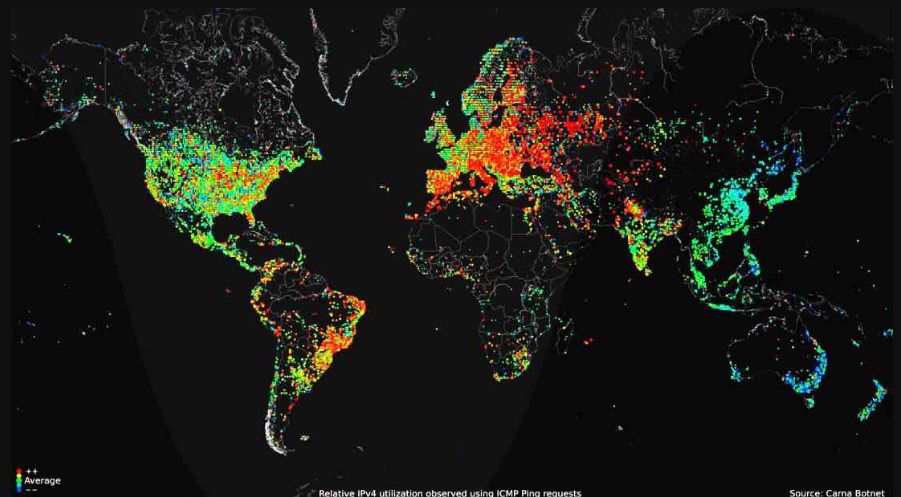Number of Internet users
In 2009, Google admitted that the average Internet user in China is about 25 years old, versus about 42 years old in the USA. Also, in 2009, the number of Internet users in China surpassed those in America. As of January 2024, there were 5.35 billion internet users worldwide, which amounted to 66.2 percent of the global population.
https://www.youtube.com/watch?v=7vPJT5KZLtM
As of my last update in January 2022, the number of internet users worldwide has been steadily increasing over the years. According to data from various sources, including the International Telecommunication Union (ITU), the World Bank, and Internet World Stats, here is an overview of the global internet user statistics and growth trends:
1. Current Number of Internet Users: Estimates suggest that there are over 4.6 billion internet users worldwide as of 2021. This represents a significant portion of the global population, with internet penetration rates varying across regions and countries.
2. Growth Trends: Internet usage has been experiencing steady growth year over year, driven by factors such as increasing access to affordable internet services, advancements in technology, and the proliferation of connected devices such as smartphones, tablets, and computers.
3. Regional Variances: Internet penetration rates vary significantly across different regions and countries. While some regions, such as North America and Europe, have relatively high internet penetration rates, others, particularly in parts of Africa and Asia, have lower rates due to factors such as limited infrastructure and economic constraints.
4. Mobile Internet Usage: The widespread adoption of mobile devices has contributed to the growth of internet usage, particularly in developing countries where mobile internet access may be more accessible than traditional fixed-line broadband services.
5. Future Projections: Projections suggest that internet usage will continue to grow in the coming years, with millions of new users expected to come online, particularly in emerging markets and developing countries. However, efforts to bridge the digital divide and expand internet access to underserved populations remain ongoing challenges.

It’s important to note that these statistics are based on available data at the time of the update and may have changed since then. Additionally, internet usage patterns and trends may vary depending on factors such as socioeconomic status, age demographics, and cultural differences across different regions and countries.